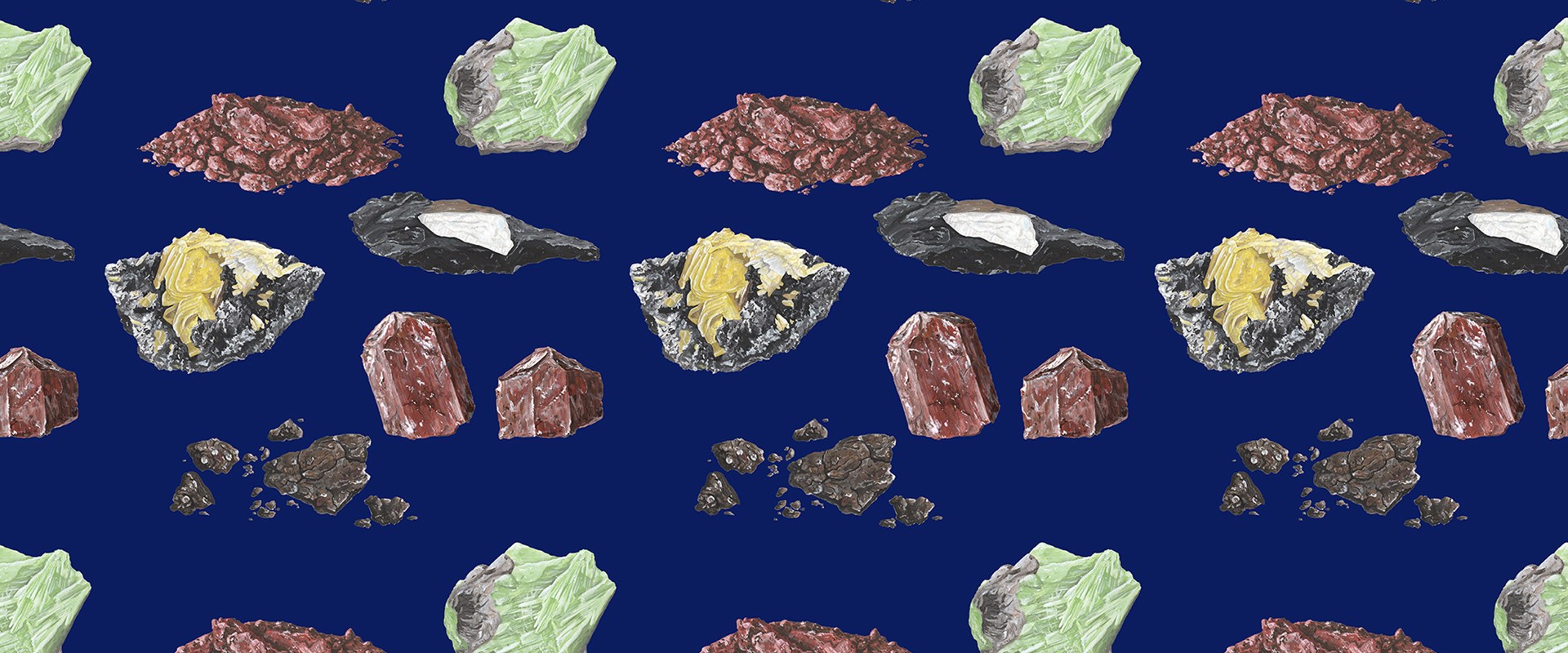Key in a search term below to search our website.
Key in a search term below to search our website.

Mineral illustrations by Vojta Hýbl.
In the past, the names assigned to minerals could reflect many things. They could hint at the chemistry of the mineral. For instance, uraninite clearly refers to the presence of uranium, of which the mineral is a principal source.
Others take their name from a specific property of the mineral. For example, pyrite (often referred to as Fool’s Gold) is named after the Greek word for fire thanks to its ability to generate sparks when struck. Or orpiment, which takes its name from the Latin auripigmentum (gold paint) in allusion to its colour.
Peter Davidson, Senior Curator of Mineralogy, explores the Scottish connections in some of the mineral names in our collection. From folkore to chemical elements and monarchies to outer space, discover the stories below.
Writing this series of articles on mineral names with a Scottish connection reveals how the story of the diaspora of the Scots around the world has thrown up a number of surprising stories, especially with regard to scientific names.
It also highlights how far-flung and how old the diaspora was. It's not just about North America and Australasia. In the Polish city of Gdansk (formerly Danzig) there are two suburbs called “Old Scotland” (Polish: Stary Szkoty; German: Alt Schottland) and "New Scotland” (Polish: Nowe Szkoty: German: Neu Schottland) named after settlers and merchants from Scotland who began to move there from the 14th Century onwards.

The illustrations throughout these pages are by Vojta Hýbl, a science artist and communicator from Scotland.
Visit Vojta's website